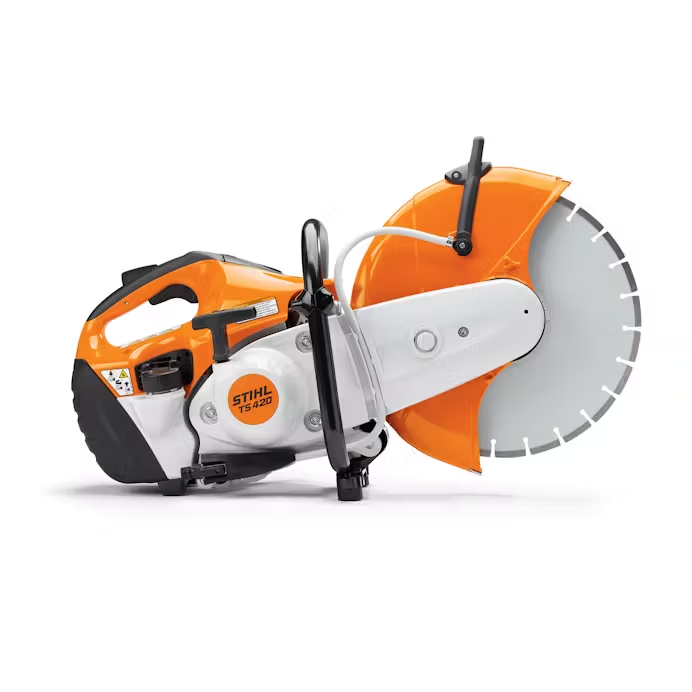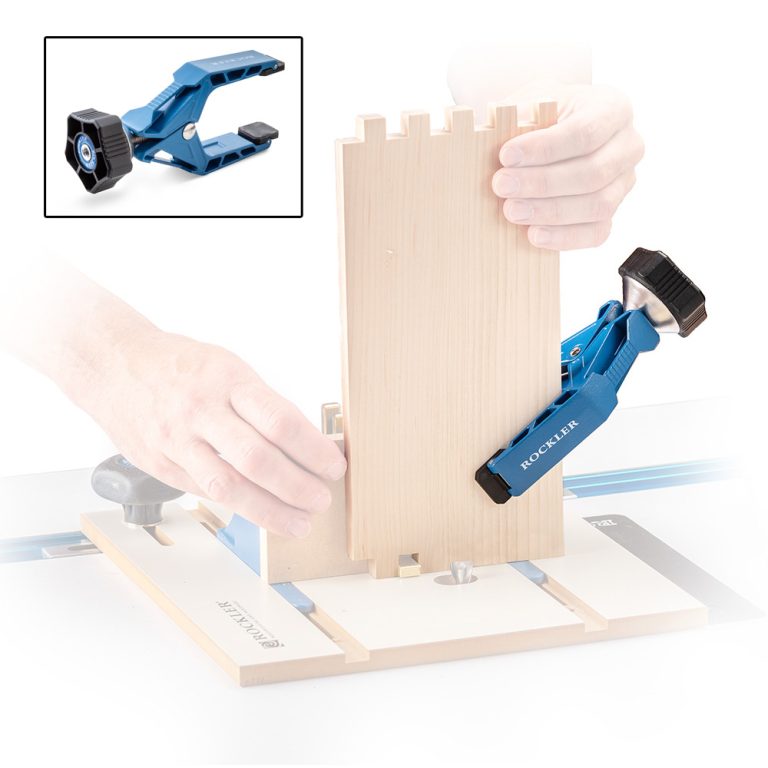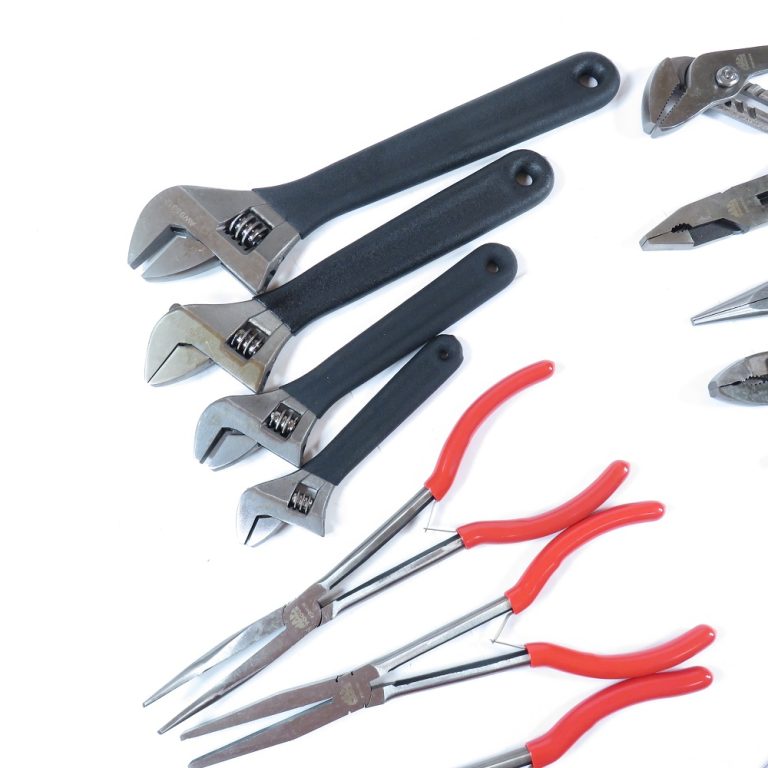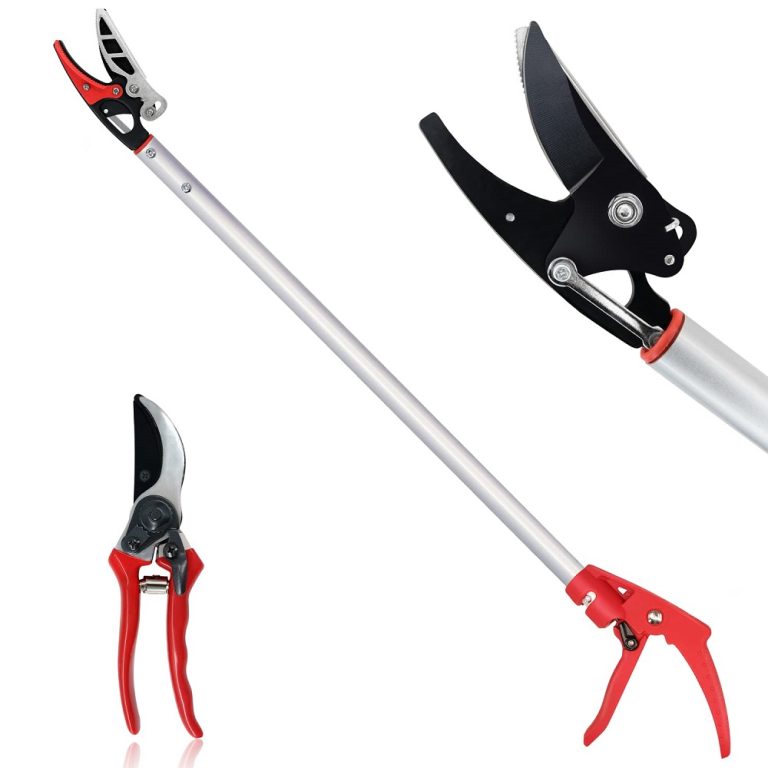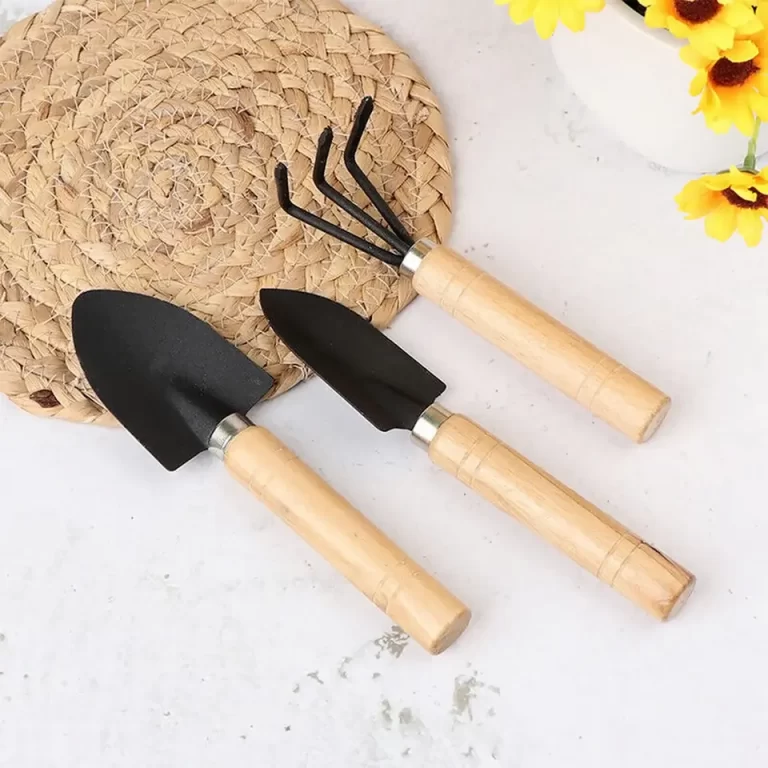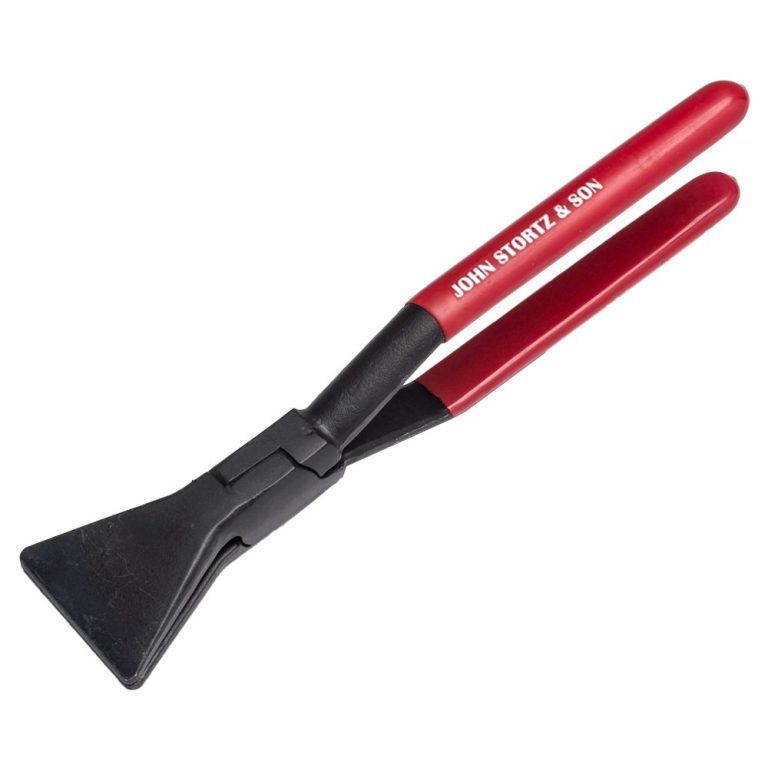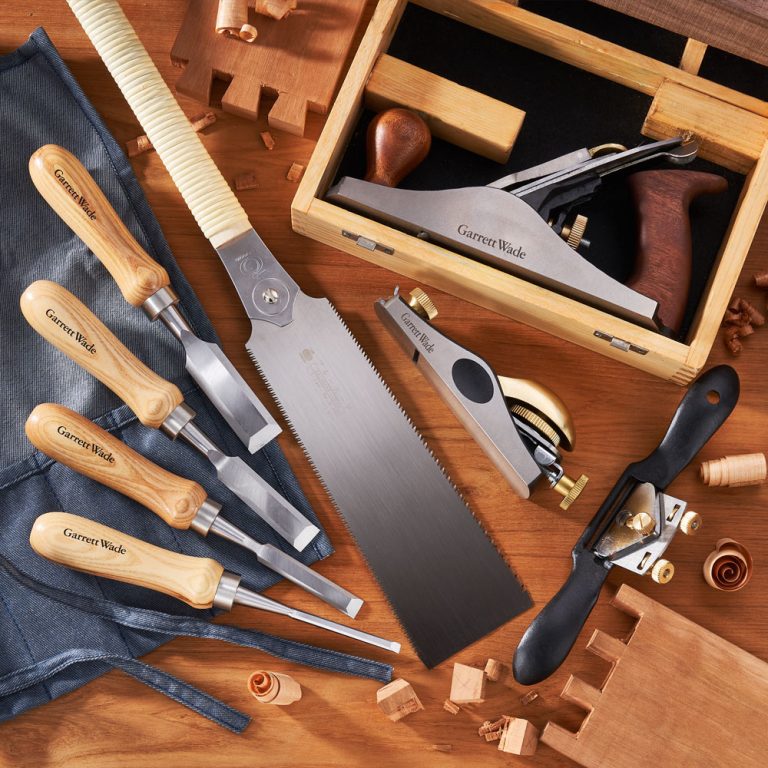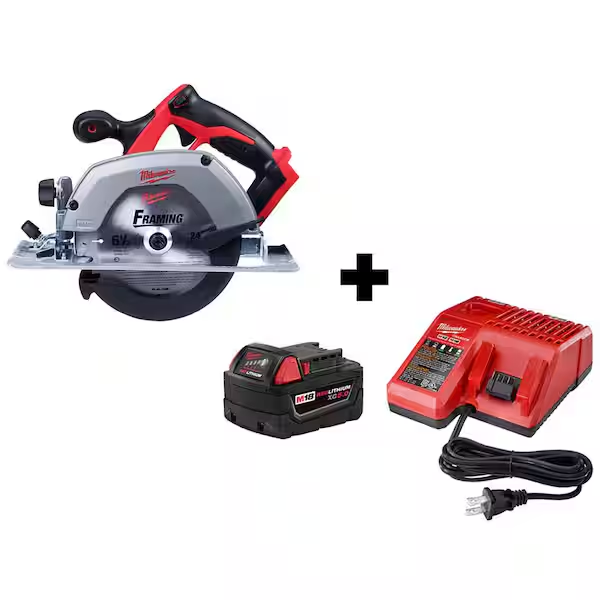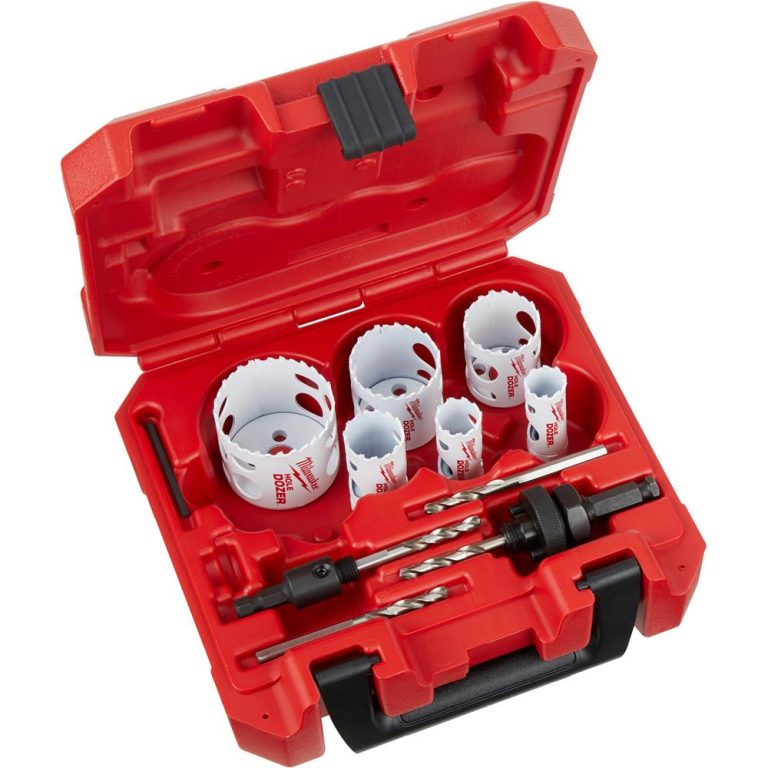What Are Cut Off Saws?
Cut off saws are powerful tools used for precise cutting. They are essential in various industries, from construction to metalworking. These saws provide a clean and accurate cut in a short amount of time. They are designed to cut through materials like metal, concrete, and wood with ease. Cut off saws come in different sizes and power levels to match job needs. They are quite versatile and can be either stationary or portable units, providing flexibility in usage. Professionals rely on cut off saws for their efficiency and precision during critical cutting tasks. They operate using a spinning abrasive or toothed disc to slice through materials.
Types of Cut Off Saws
Cut off saws come in diverse types to meet specific needs. Each type has unique features suited for various materials and tasks. Knowing the different types helps select the right tool for the job.
Abrasive Cut Off Saws
Abrasive cut off saws use abrasive discs to slice through metal. They suit hard materials and provide quick cuts. These saws are common in metalworking shops.
Cold Saws
Cold saws use toothed blades and coolant to cut metal. This type keeps the material cool, reducing warping and discoloration. They’re ideal for precise metal cuts.
Diamond Saws
For the toughest materials like concrete and stone, diamond saws are best. They use diamond-encrusted blades for durability and precision. Construction workers often use these.
Chop Saws
Chop saws handle straight cuts across material. They can cut metal, wood, or plastic. These are good for repetitive tasks and offer portability.
Miter Saws
Miter saws specialize in angled cuts. They work well for molding, trimming, and framing work. Fine woodworking often requires these saws.
Table Saws
Table saws are large, stationary cut off saws. They make straight, long cuts in wood and board materials. These are a mainstay in woodworking shops.
When choosing cut off saws, consider the material and cut type needed. Each saw type offers a unique combination of power, precision, and application. Pick the one that aligns with your cutting requirements.
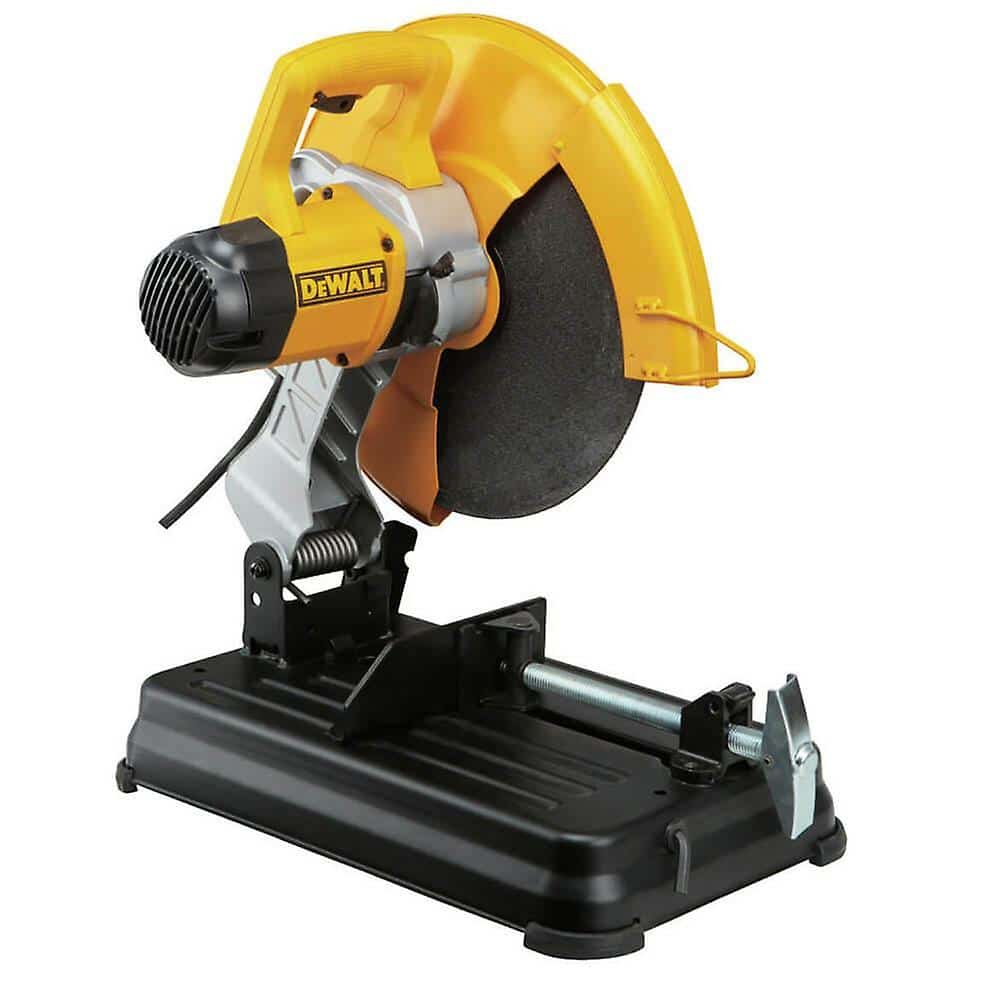
Key Features to Look for in a Cut Off Saw
When shopping for cut off saws, several key features stand out as vital for efficient and precise cutting. These features not only influence the performance but also impact the safety and longevity of the saw. Here are the essential features to look for:
- Power Source: Cut off saws can be electric, pneumatic, or gas-powered. Your choice depends on the work location and power availability.
- Motor Power: A robust motor ensures smooth cuts through tough materials. Check the motor’s horsepower and amp rating.
- Blade Capacity: The size of the blade determines the thickness of material it can cut. Larger blades enable deeper cuts.
- Ergonomic Design: For handheld saws, a comfortable grip and low vibration reduce operator fatigue.
- Adjustability: Look for saws with adjustable guards and clamps. This allows flexibility for different cut types.
- Dust Management: A dust extraction system is crucial for a clean work environment and better visibility.
- Safety Features: Auto shut-off, blade guards, and lock-off switches help prevent accidents.
- Portability: If you need to move the saw frequently, consider its weight and the availability of carrying handles.
- Durability: The construction of the saw affects its lifespan. Look for saws made with high-quality materials.
These features will guide you in selecting a cut off saw that meets your specific cutting demands and ensures you complete your tasks with precision and safety.

Safety Precautions for Operating Cut Off Saws
When working with cut off saws, safety is paramount. Always prioritize these safety measures:
- Read the Manual: Always start by reading the saw’s manual. Understand all operations.
- Wear Protective Gear: Use safety goggles, gloves, and ear protection. Prevent injuries from debris and noise.
- Check the Saw: Before use, inspect the saw for damage. Ensure all parts are secure.
- Secure the Material: Clamp down materials firmly. This prevents slipping and kickback.
- Work Area: Keep your work area clear. Remove any obstacles and tripping hazards.
- Proper Posture: Stand firmly and hold the saw correctly. Prevent strain and maintain control.
- Don’t Rush: Make cuts carefully and slowly. Sudden moves can lead to mistakes.
- Use Both Hands: Control the saw with both hands when possible. Increases stability and accuracy.
- Follow Cutting Guidelines: Adhere to the saw’s guidelines for cutting depths and speeds.
- Turn Off After Use: Always turn the saw off immediately after cutting. Never leave it running unattended.
These precautions help avoid accidents and ensure a safe operating environment when using cut off saws.
Best Practices for Maintaining Your Cut Off Saw
Maintaining your cut off saw is crucial for its longevity. Here are the best practices:
- Clean Regularly: After each use, clean the saw. Remove debris from the blade and body.
- Inspect the Blade: Check for wear or damage. Replace the blade if needed.
- Tighten Components: Ensure all parts are tight. Loose parts can lead to accidents.
- Lubricate Moving Parts: Apply lubricant to prevent rust and ensure smooth operation.
- Check the Power Source: For corded saws, inspect the cord. For gas saws, check the fuel lines.
- Test the Safety Features: Ensure auto shut-off and blade guards function properly.
- Store Correctly: Put the saw in a dry place. Avoid damp areas that can cause corrosion.
- Sharpen Blades: Keep blades sharp for efficient cutting. Dull blades make the saw work harder.
- Use Correctly: Follow manufacturer guidelines for usage to prevent undue stress on the saw.
- Service Periodically: Have the saw serviced by a professional occasionally for optimal performance.
Regular maintenance will not only prolong the life of your cut off saws but also ensure safe operation. Stick to these practices for the best results.
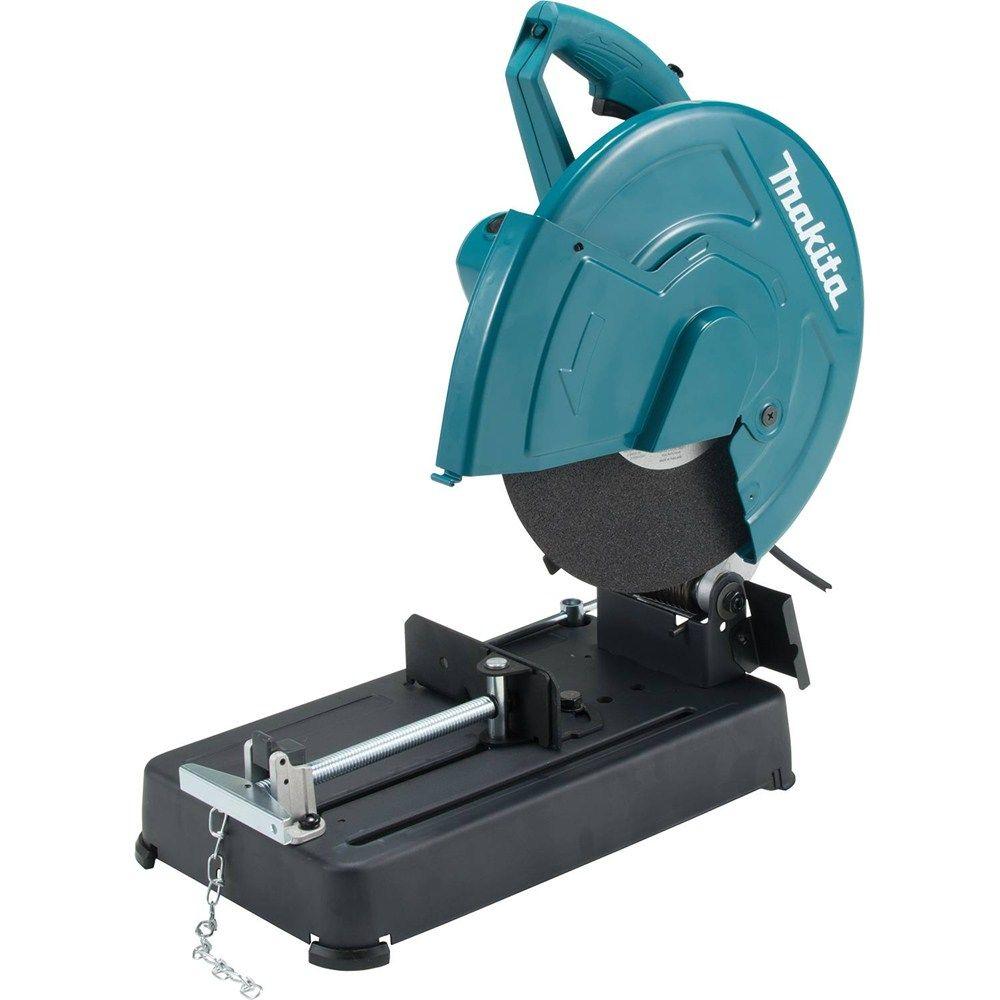
How to Choose the Right Blade for Your Cut Off Saw
Choosing the right blade for your cut off saw ensures efficiency and precision. Consider these factors:
- Material Type: Match the blade to the material. Metals need abrasive or cold saw blades. Concrete requires a diamond blade.
- Cutting Speed: Pick a blade that offers the right balance of speed and finish quality.
- Blade Dimensions: Ensure the blade size fits your saw. Large blades cut deeper.
- Teeth Per Inch (TPI): High TPI blades are for fine cuts in wood. Fewer teeth suit metal.
- Kerf Width: This is the cut width. A thinner kerf means less material removal.
- Blade Quality: Invest in high-quality blades. They last longer and perform better.
- Compatibility: Check if the blade is compatible with your saw’s speed and power.
Remember, the right blade can reduce wear on your cut off saw. It also improves safety and cut quality. When in doubt, consult the saw’s manual or a professional. They can guide you to the best blade for your needs.
Troubleshooting Common Issues with Cut Off Saws
Cut off saws are robust tools, but issues can arise that affect performance. Facing common problems with the right approach saves time and maintains efficiency. Let’s go through some troubleshooting tips for frequent issues.
- Motor Won’t Start: Check the power source first. For electric saws, ensure the plug is in and the outlet works. For gas-powered saws, verify the fuel and ignition.
- Blade Doesn’t Cut: If the blade won’t cut, it might be dull or damaged. Replace it with the right type. Ensure it matches the material you’re working with.
- Inaccurate Cuts: Check the blade alignment and the fence. Make sure they are straight and secure. Use guides and clamps to hold the material steady.
- Excessive Vibration: Vibration can lead to inaccurate cuts. Tighten any loose parts. Confirm the saw’s footing is stable and check for worn-out components.
- Overheating: Overuse can cause the saw to overheat. Let it cool down periodically. Also, check for clogged vents and clean them out.
- Saw is Noisy: Some noise is normal, but loud rattles may signal issues. Inspect for loose parts or a damaged blade. Tighten components and replace the blade if needed.
- Poor Cut Finish: A poor finish often points to a blunt blade. Try a blade with higher TPI for wood or a fresh abrasive disc for metal.
For any persistent problems, consult the manual or seek professional help. Regular maintenance can prevent many of these issues. Always ensure you’re using the cut off saws within their capacity and following manufacturer guidelines.

Cut Off Saws in Different Industries: Uses and Benefits
Cut off saws have become indispensable across various industries. Let’s explore their uses and benefits in different settings:
Construction: For heavy-duty cutting of materials like concrete and rebar, construction workers lean on powerful cut off saws. They ensure quick, precise cuts which help in keeping projects on schedule.
Metalworking: Cut off saws in this industry make neat cuts in metal stock. Metalworkers choose abrasive or cold saws for clean edges and minimal heat impact.
Woodworking: Woodworkers use cut off saws for accurate cuts in lumber and trim. Miter saws and table saws are favored for their precision and ability to handle complex cuts.
Emergency Services: When rescuing people from collapsed structures, firefighters use cut off saws. These saws swiftly cut through obstructions, aiding in life-saving efforts.
Landscaping: Cutting through heavy branches or trees, landscapers benefit from the portability and efficiency of cut off saws.
Plumbing and Electrical: For cutting pipes or channels, these trades rely on cut off saws for accuracy and speed, avoiding material waste and ensuring proper fit.
The benefits of using cut off saws in these industries include:
- Speed: Cut off saws reduce the time required to slice through tough materials.
- Precision: They provide accurate cuts which are crucial for proper assembly and aesthetics.
- Efficiency: With the right blade, cut off saws make clean cuts, minimizing the need for additional finishing work.
- Versatility: The range of available saws means there’s a tool for nearly every cutting job.
- Safety: Designed with user protection in mind, these saws feature guards and safety switches.
Understanding these uses and benefits helps professionals choose the right cut off saw for their specific needs. Regardless of the industry, these tools are a testament to efficiency and precision in cutting tasks.
